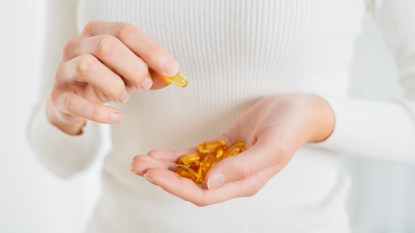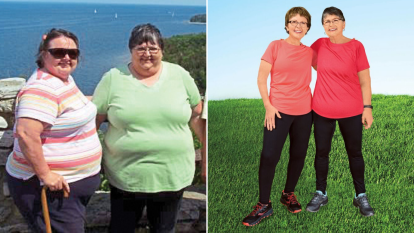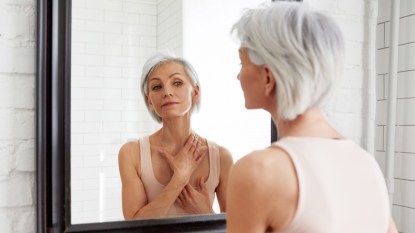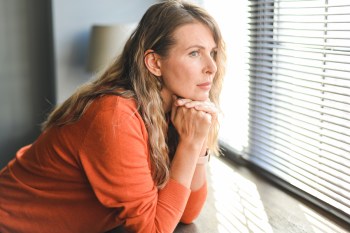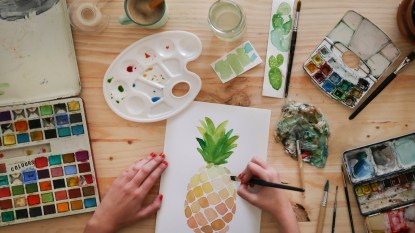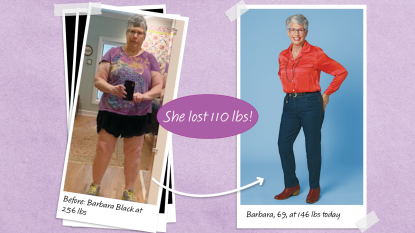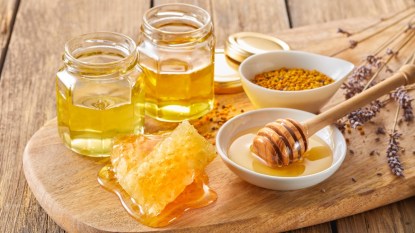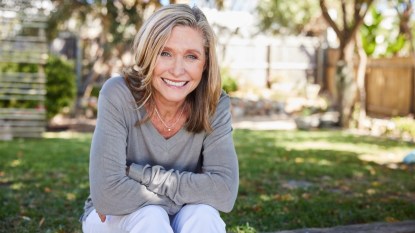5 Ways to Boost Bone Density Before Your First Screening
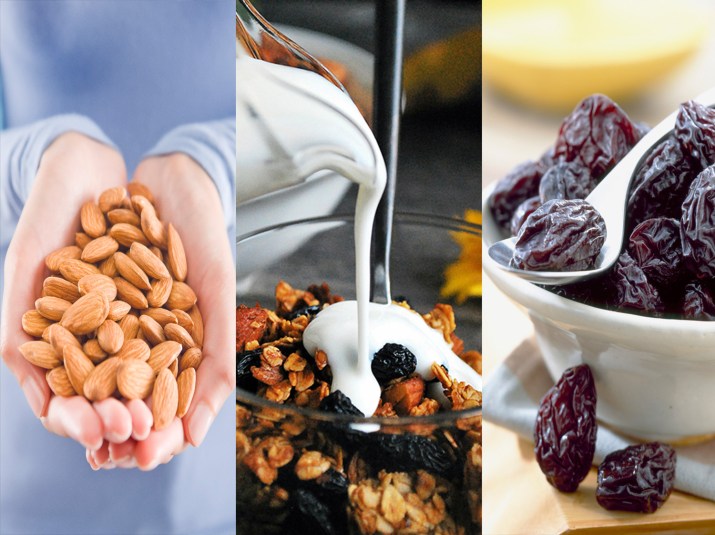
Let’s be honest: Many of us don’t think about how to increase bone density until after we’ve already had a bone density test. Considering most women don’t have their first bone density screening until age 65 — unless they have clinical risk factors such as a prior fracture with little trauma — there is plenty of time to take care of your bone health before then and prevent serious problems like osteoporosis later on. Why not take advantage of the years and resources available to you and start today?
How to Increase Bone Density Naturally
You might be surprised by how easy it is to boost bone density all on your own. For most people, it typically involves adding a few new foods to their grocery lists, banishing a couple of bad habits, and finding ways to sneak in more movement during the day. Always get your health professional’s OK before making any major changes to your diet or trying any supplements for bone density.
1. Crank up the calcium intake.
We know calcium is not a fancy foodie buzzword right now, but it’s still vitally important for your health. A low-calcium diet can contribute not only to low bone density, but also to early bone loss and a higher risk of fractures. To keep bones healthy, experts recommend that adults ages 19 to 50 consume 1,000 mg of calcium per day. That number increases to 1,200 mg for women over 50, according to Mayo Clinic. If that number sounds intimidating to you, remember that calcium is found in many foods such as dairy products, almonds, and even broccoli and kale. Talk to your doctor if you’re still concerned about meeting the daily recommendation and troubleshoot how to get more calcium in your diet, whether through foods or calcium supplements.
2. Delight in vitamin D.
Calcium alone is not enough; your body actually needs vitamin D in order to absorb calcium. But how much is enough vitamin D for bone density? It’s recommended that adults ages 19 to 70 consume 600 international units (IUs) per day. After age 71, the number increases to 800. Let’s address the elephant in the room right now: We know it’s tempting to soak up as much sun as possible to increase vitamin D; after all, it’s known as the “sunshine” vitamin. But as lovely as basking in the rays can be, staying outside for long periods of time without sunscreen is never a good idea. Instead, focus on filling up with vitamin D-rich foods such as milk, salmon, tuna, and certain fortified breakfast cereals.
3. Proudly pick the prunes.
We know, we know — prunes don’t exactly have the best reputation for being a particularly trendy or even tasty food. (It certainly doesn’t help that they’re mostly known for being a constipation aid.) But AARP reports that several studies have shown that regularly eating these oft-maligned dried plums is good for your bone health. Along with being rich in fiber, prunes also include stellar nutrients for bone health such as magnesium, potassium, and vitamin K. Not such a silly addition to the grocery list anymore, that’s for sure!
4. Step away from harmful substances.
As if smoking wasn’t bad enough for you already, it also puts you at a higher risk for broken bones — definitely something to avoid if you’d like to keep them nice and strong. Additionally, drinking too much booze overall can be harmful for your bones. Of course, having too many drinks all in one sitting or mixed with certain medications can also affect your balance and put you at the risk of falling (read: possibility of breaking a bone). However, this doesn’t mean you have to banish wine entirely; in fact, a 2012 study suggested that moderate alcohol consumption might help prevent bone loss in post-menopausal women. So if you’re able to drink, go ahead and have a toast — just take it easy when you do.
5. Literally jump for joy.
Jumping 10 or 20 times twice a day for just four months improved hip bone density in women ages 25 to 50 in a 2015 study published in the American Journal of Health Promotion. If simply hopping up and down makes you feel a bit silly, there’s no reason why you can’t get the kids or grandkids to join in on the fun; the National Osteoporosis Foundation actually recommends jumping rope as a good bone density-building exercise. There’s never been a better excuse for you and the whole family to put some pep in your step!
More From Woman’s World
The Best Essential Oils for Heartburn Relief and How to Use Them
Beans Aren’t Just Good for Your Heart, They’re Also Great for Your Waistline
9 Best Supplements for Adrenal Fatigue or When You’re Just Feeling Drained


